Our friends Fredrik and Nancy are spending this winter exploring the coast of Baja California, Mexico! They previously spent over a year living in the wilds of Alaska in their 17′ Salish Voyager, Wild Places. Now in search of adventure in a warmer climate, they’re again using this capable rowing sailboat as their home base to explore and experience everyday life in another ecosystem.
Navigating the Headlands
As we left the protected waters of Bahia de Los Angeles in our Salish Voyager and headed south, I was hoping nothing else was going to go wrong…at least for the rest of the day. During the previous night, coyotes had chewed our anchor line leaving Wild Places high and dry. We had rescued her, but not before precious hours of calm winds had passed.
We had three major points to make it around that day. At our second headland, a strong opposing current intensified a following sea. We were riding a series of steep, fast-moving, peaks and troughs. Wild Places was fishtailing more than I was happy about. Why were we still un-reefed? I had mentioned the idea more than once.
Once we slipped into the calm water behind the point, Fredrik and I debriefed the situation. I described the event as “terrifying.” Fredrik admitted he had been, “focused and mildly concerned,” but we both agreed to reef whenever either of us suggested it. I was intimidated. With 700 miles of fetch north to south and almost a hundred east to west, this coastline looks, and feels, like the open ocean. Still, somehow I didn’t want to bail.
That night, right at the tip of our third point—where you’d least expect to find a harbor—we slipped into Animas Slot, a gorgeous red sand beach protected by high cliffs and a small island. With 18 miles behind us, this had been a good first day.
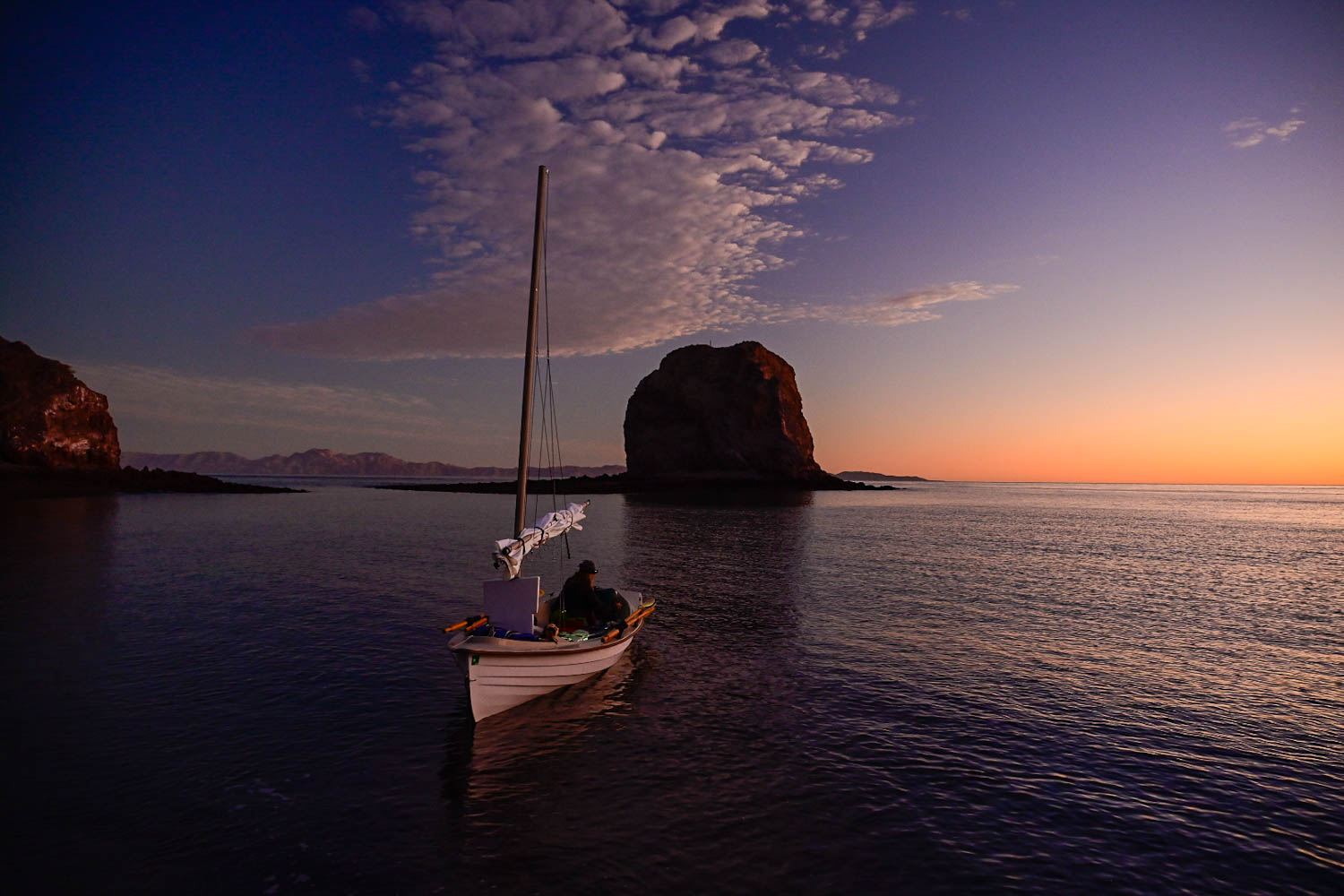
A Hidden Refuge
A sailboater we had met the day before had warned us that “Elefantes,”—strong winds from the west which come thundering down the arroyos at night—were expected that evening. So, despite having a protected anchorage, we rolled Wild Places high on the beach.
As a full moon rose, we threw out our sleeping bags. No herd of elephants arrived, and we enjoyed one of the most peaceful night’s sleep of the trip. We wouldn’t see or hear another boat until Puerto San Francisquito over seventy miles away.
Wanting to make miles whenever the winds allowed, we started early thankful for the moonlight before dawn.
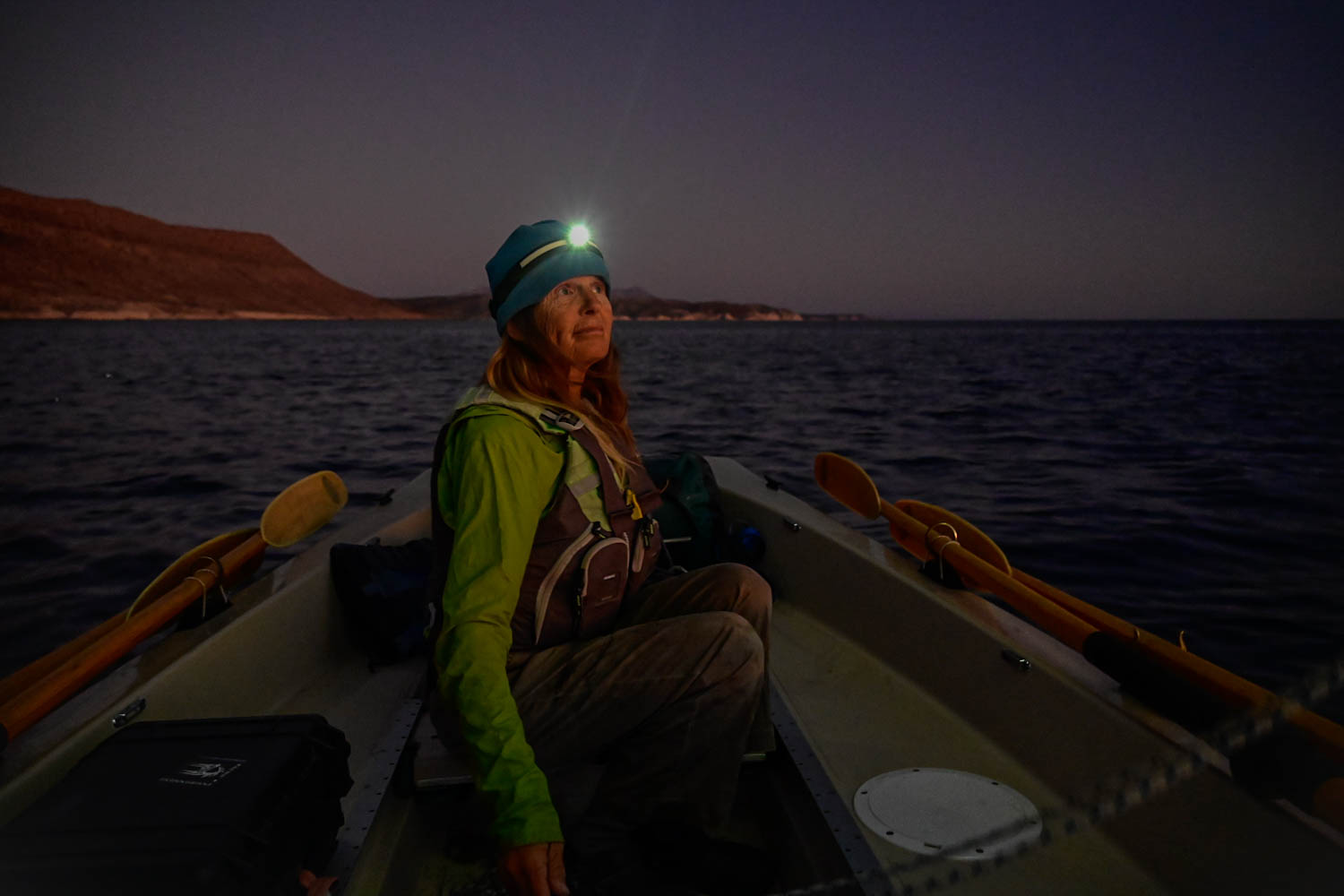
Facing the Unexpected
By the first point of the next day, we had plenty of daylight to see what was ahead. We didn’t like it. A distinct line of white water cut between the point and a small island signifying a strong riptide! This time, we were unanimously, uninterested.
There was a decent beach a way back. We could wait there. Time to practice dealing with the surf. We suspected the action at the point would lay down given time, so we decided to anchor Wild Places just outside the surf zone.
I set the anchor and belayed the boat toward shore keeping her perpendicular to the swells. Just short of the beach, Fredrik jumped out with the shore anchor. Once that was set, I bailed out and we pulled the boat back out beyond the surf zone.
“Sweet!” This hadn’t been big surf, but the exercise was confidence building.
An hour later, we were on our way. We passed the gap between the point and the island with a relatively tranquil sea.
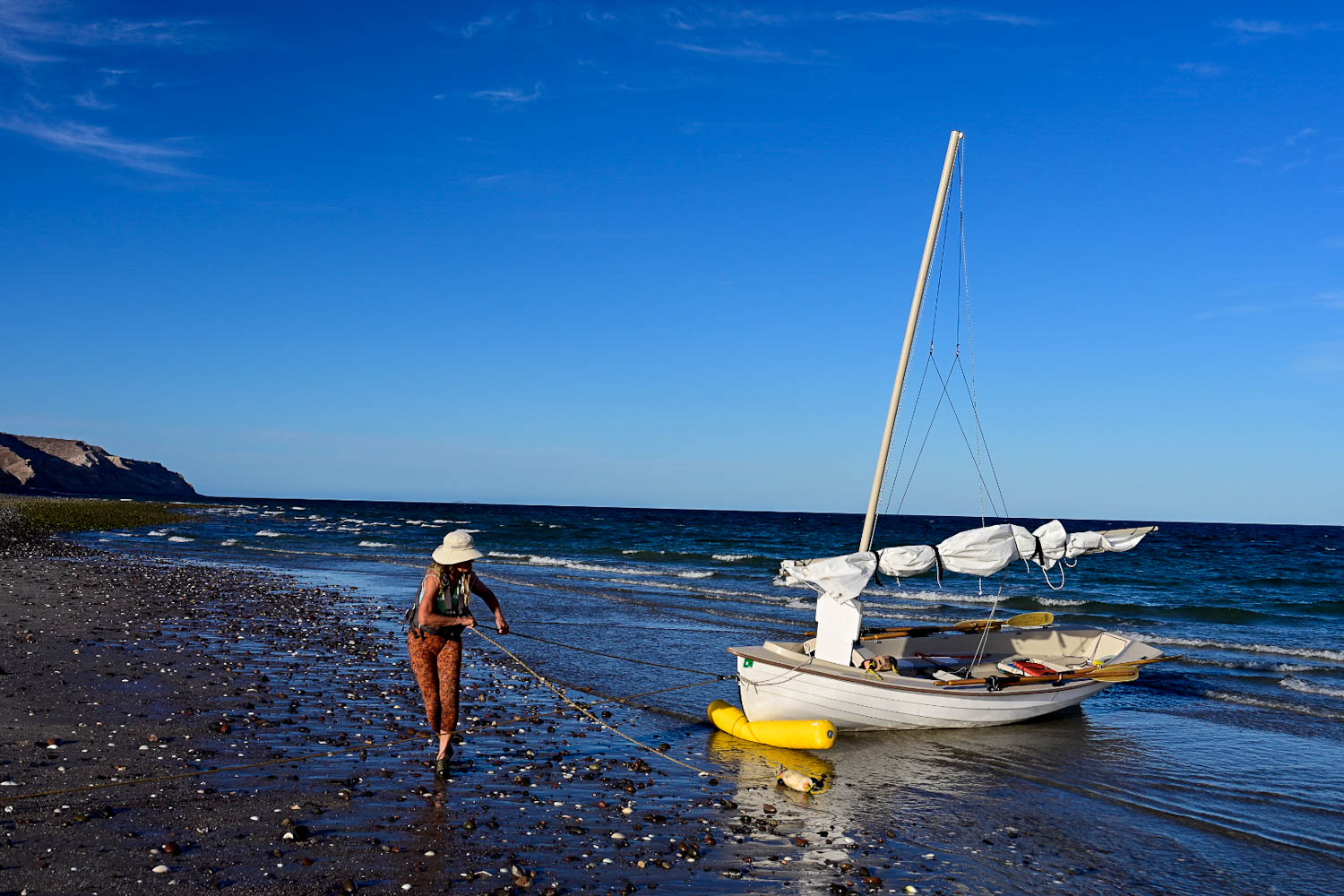
Pacing Ourselves
For the next couple of days, we made as many miles as we could, yet something was missing. Swimming, snorkeling, hiking, bird watching… it was all missing. Even eating and sleeping were getting short-changed. As people who like to explore places slowly and fully, we began to question if we were missing too much.
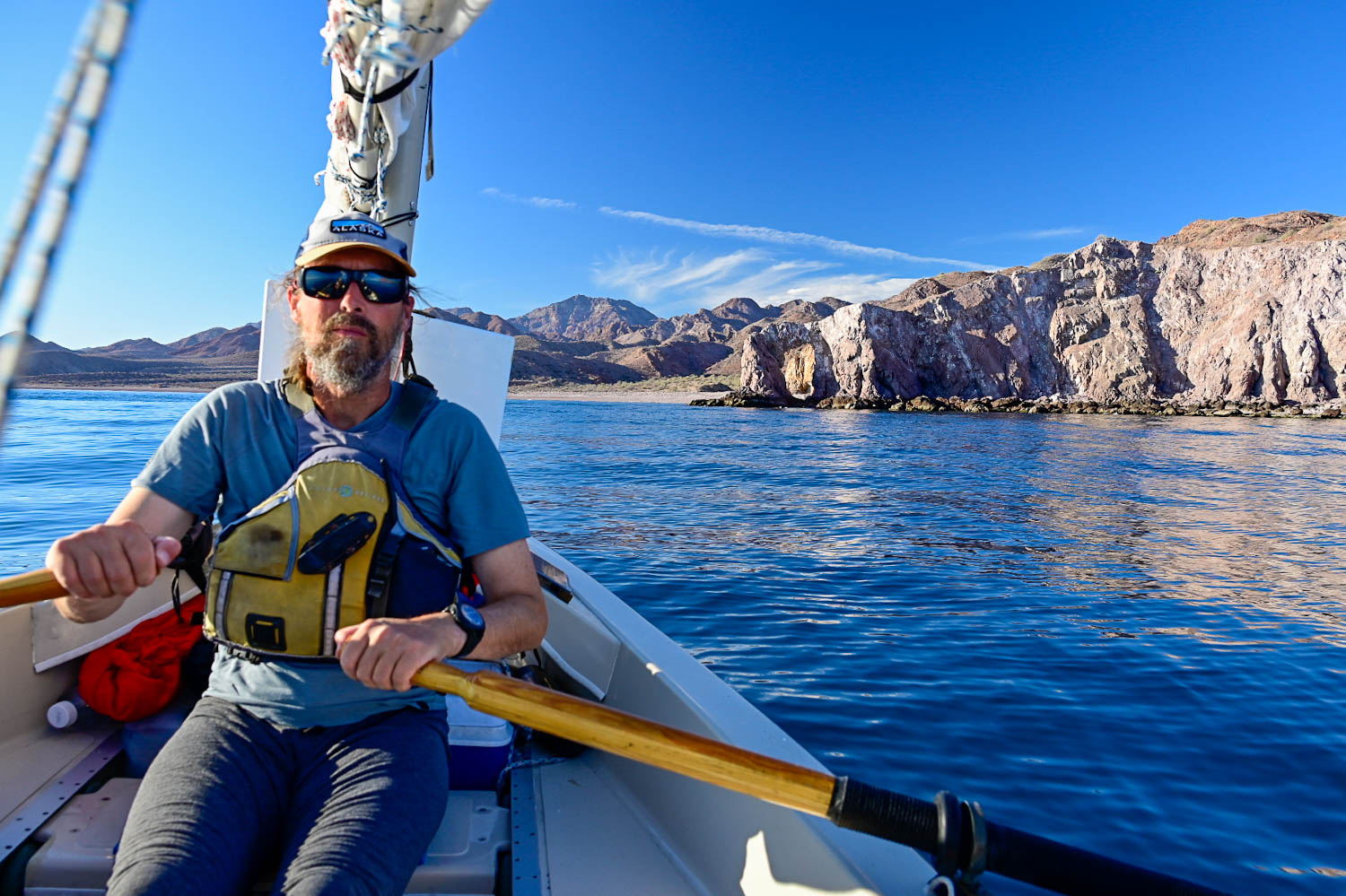
Then our first El Norte hit. Beach-bound, we suddenly had plenty of time to hike and explore where we were. Finding a five-foot-tall stone wall reaching from the sea up to the rockiest part of the mountainside set me thinking of the perseverance it takes to live in this place.
Once the El Norte broke, strong winds from the north picked up surprisingly early in the mornings. Our schedule included waking at 3:30 a.m., rowing by four, drinking coffee made the night before from a thermos, eating snacks for breakfast, and often hoisting sail in the predawn hours, only to get blown off the water a couple of hours later. We were crawling down the coast at five or six miles a day.
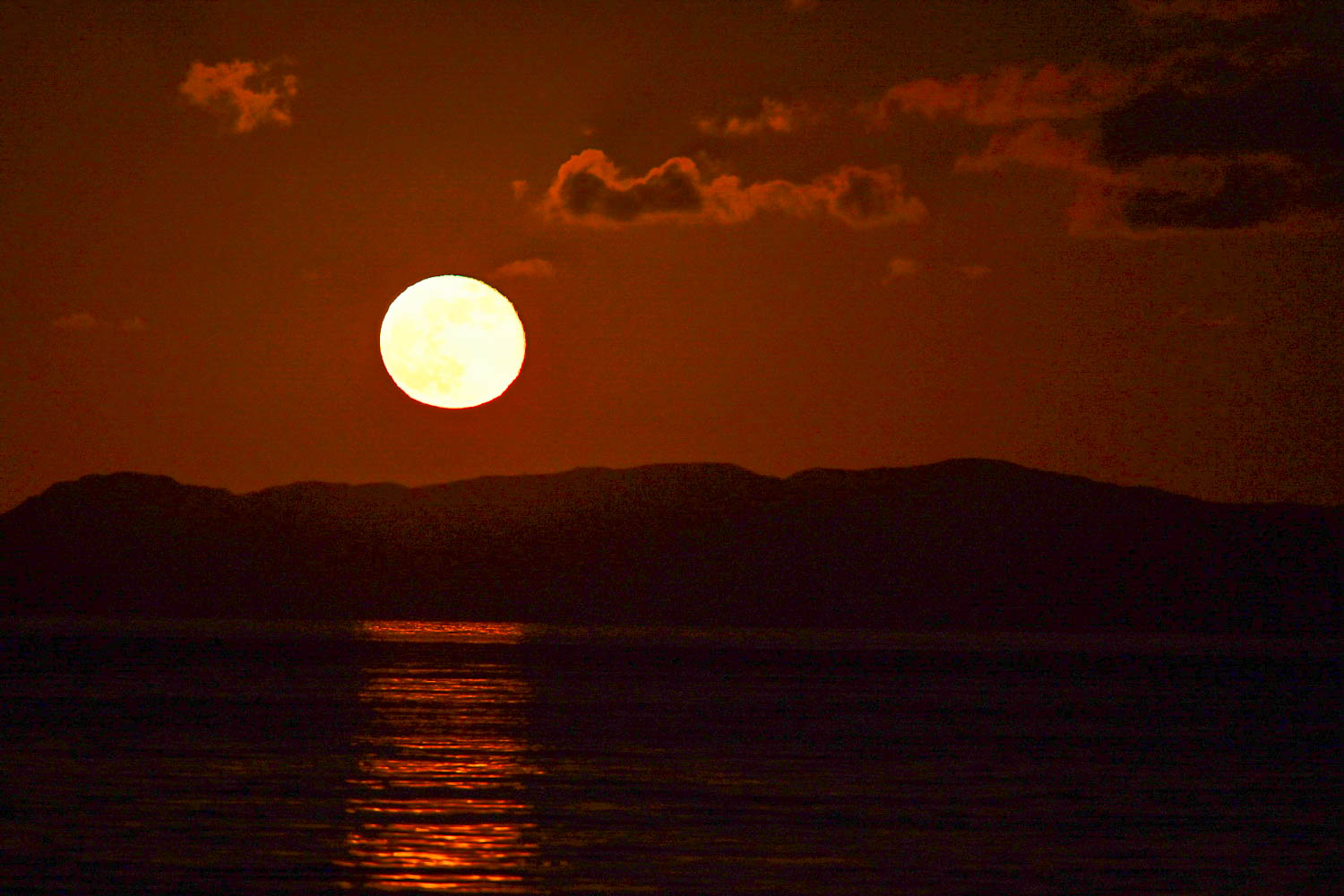
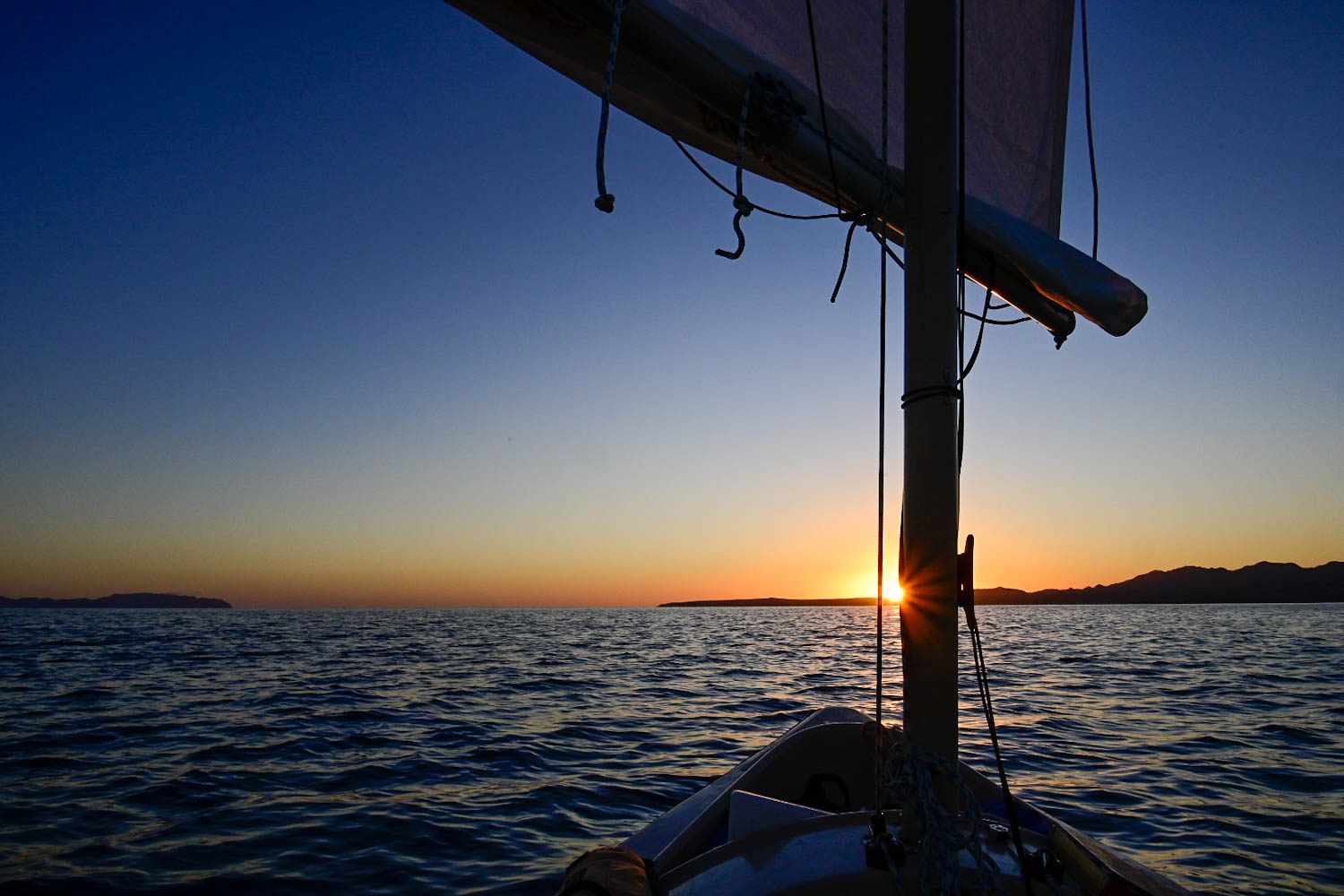
Ahead of us was a 20-mile section of coastline without good protection. At our best speed, four knots, we would need five hours of good weather, at our slowest speed we would need ten. We hadn’t had five consecutive hours of travelable weather in a week.
We started to talk about the option of pulling out at San Francisquito, which was the last road on this coast until Santa Rosalia.
The next day, Mujeres Cove, only one relatively short move ahead, offered great protection from the north.
Battling Relentless Winds
Once again, we launched well before dawn, but the wind and waves built faster and earlier in the day than expected. It was decision time again. We could land on an exposed beach, or push on in hopes of clearing the point before things built too much. We needed to decide quickly as our surf landing option was also disappearing with the building conditions.
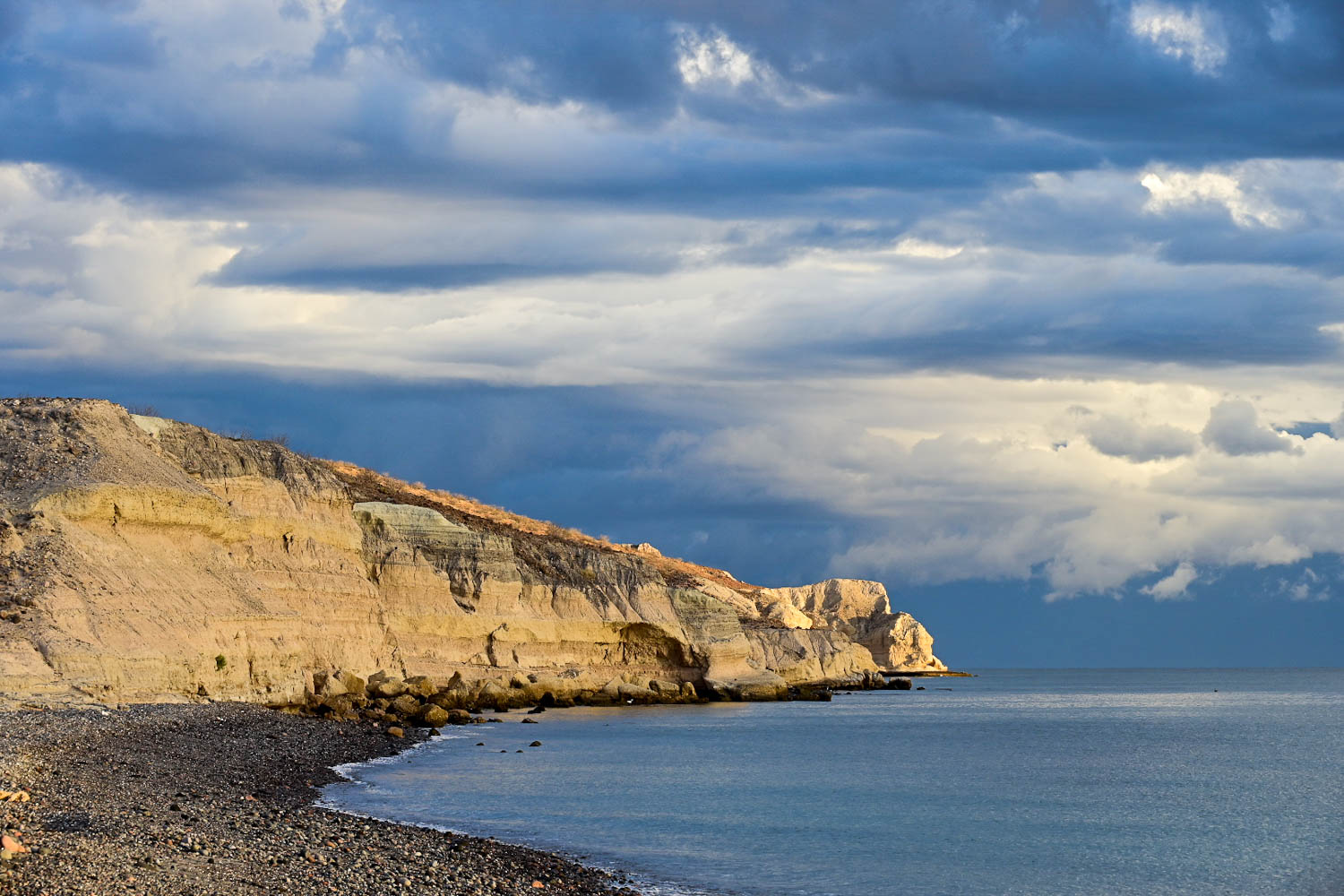
“Let’s get off the water,” Fredrik said. I agreed.
We needed a section of low-angle beach with some room between the shore and the bluffs behind.
“How about up there where there’s a little wider beach?” said Fredrik.
We decided to leave the boat at anchor as we’d practiced. Since the winds on that day were more easterly than northerly we were hopeful they would lay down and we could travel again later.
With one person on the tiller and one on the oars the Salish Voyager is quite easy to bring in through small to moderate surf.
We set an offshore anchor as we had done before. I steered her in and we both jumped out. But…before we could pull her offshore with the anchor lines, another wave came in, and another. Wild Places threatened to broach.
“We need to bring her ashore!” We both hollered, making a split-second decision to change plans.
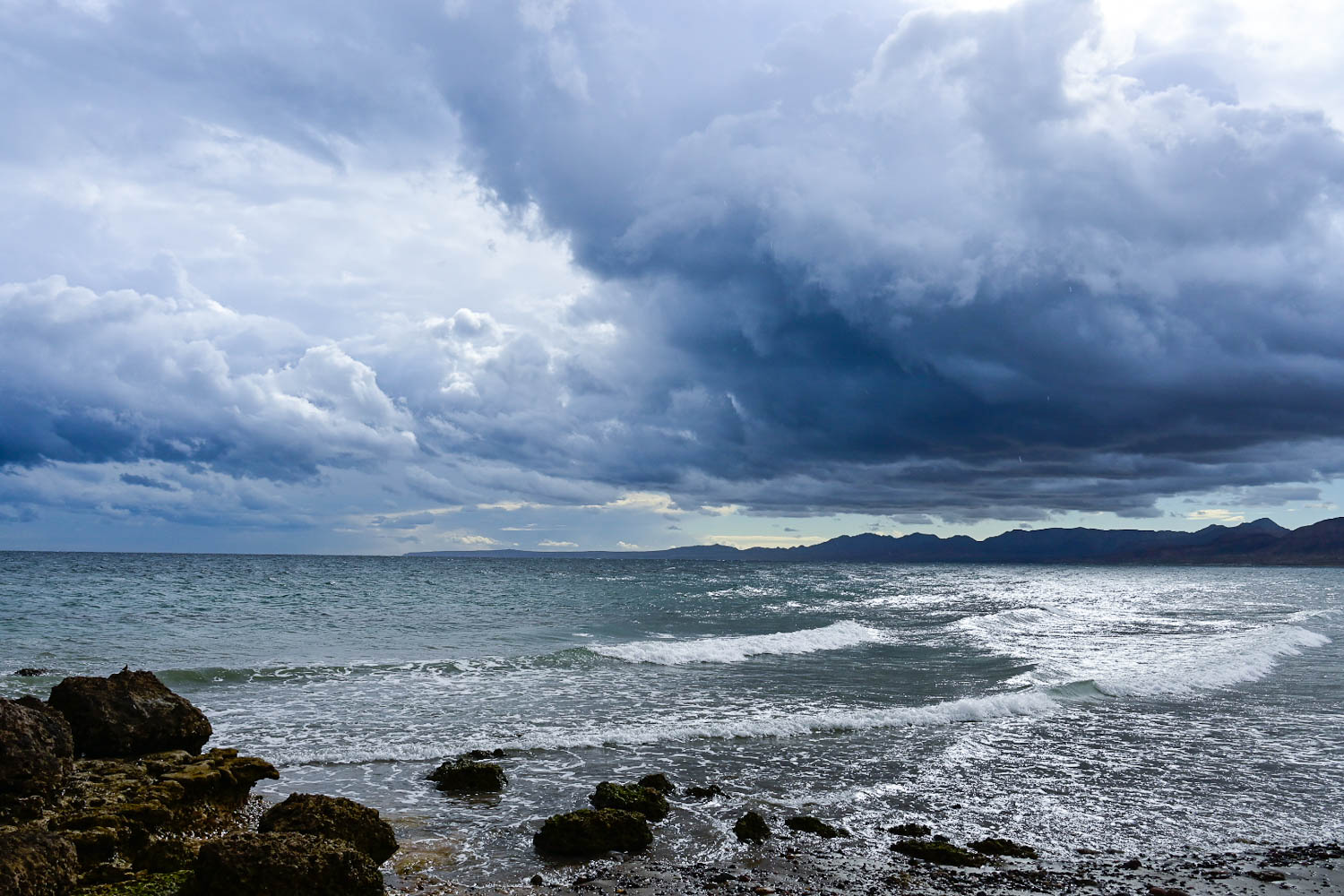
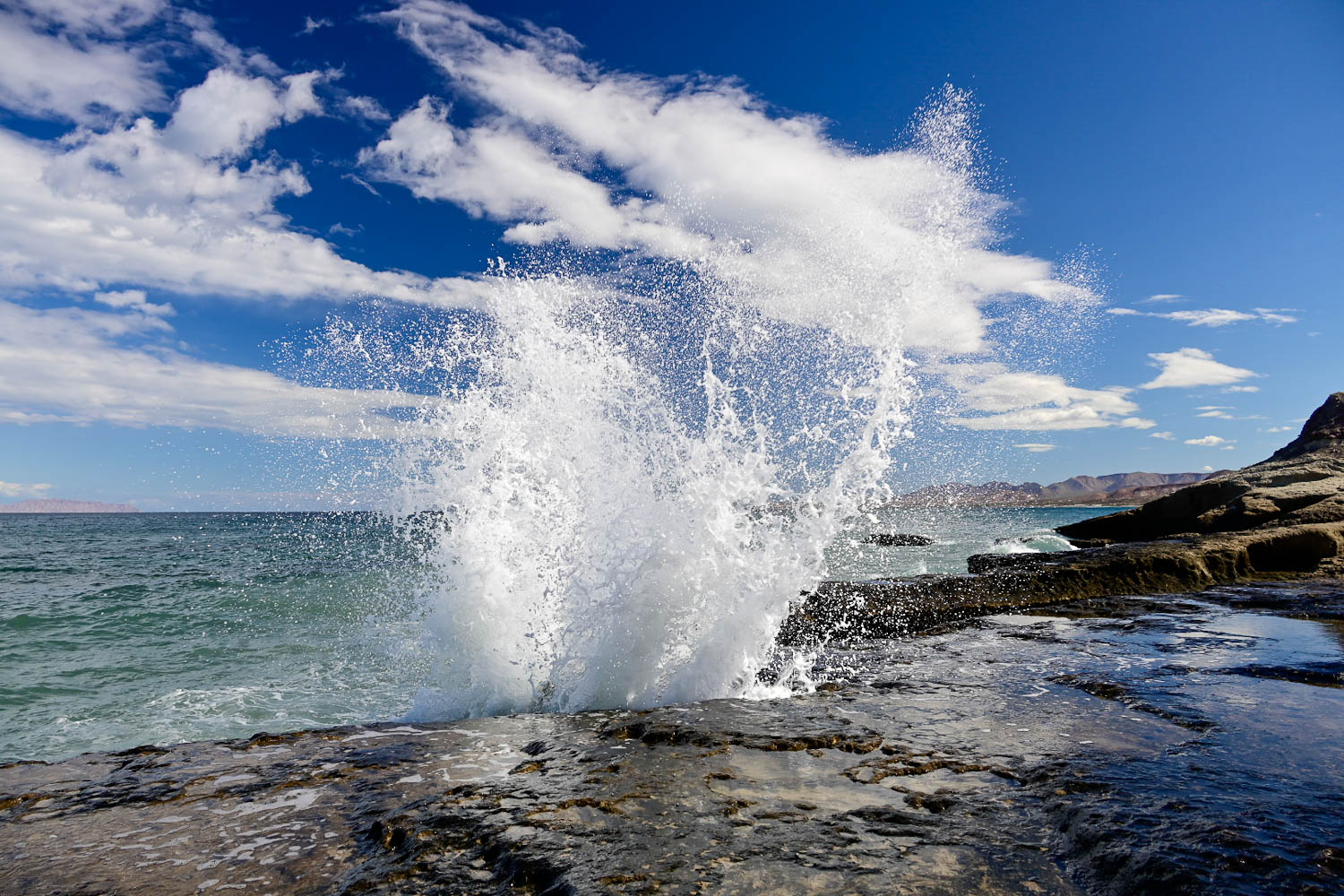
Grabbing the bow we were able to hold her perpendicular to the beach. However, we could only bump her up the beach a few inches at a time using the help of the breaking waves. The biggest waves washed over her stern filling her with additional weight.
To get Wild Places up the beach, we needed a lot of things: A solid shore anchor—our best anchor was now at sea—a pulley system, and rollers blown up and somehow inserted under the boat without blowing away or washing out in the surf.
One person held the boat, while the other tried to make progress on the haul system. When the big sets hit, we both held the boat.
“We need to get weight out of the boat,” said Fredrik. He was right.
We had 400 plus pounds of boat, plus camping gear and 250 pounds of drinking water on board. Unfortunately, most of the drinking water was in the floor hatch, where—until now—it had served us well as ballast. I didn’t dare open the floor hatch in case the next wave filled it with ocean water. We had been working incredibly hard for over half an hour.
“The sets are getting bigger. The tide is coming in,” I hollered.
Finally, a pulley system was set up, and a roller was inflated. Inch by inch we were winning. With beach space to spare, we could finally unload water weight. We had time to shuttle gear up the beach. We were going to make it.
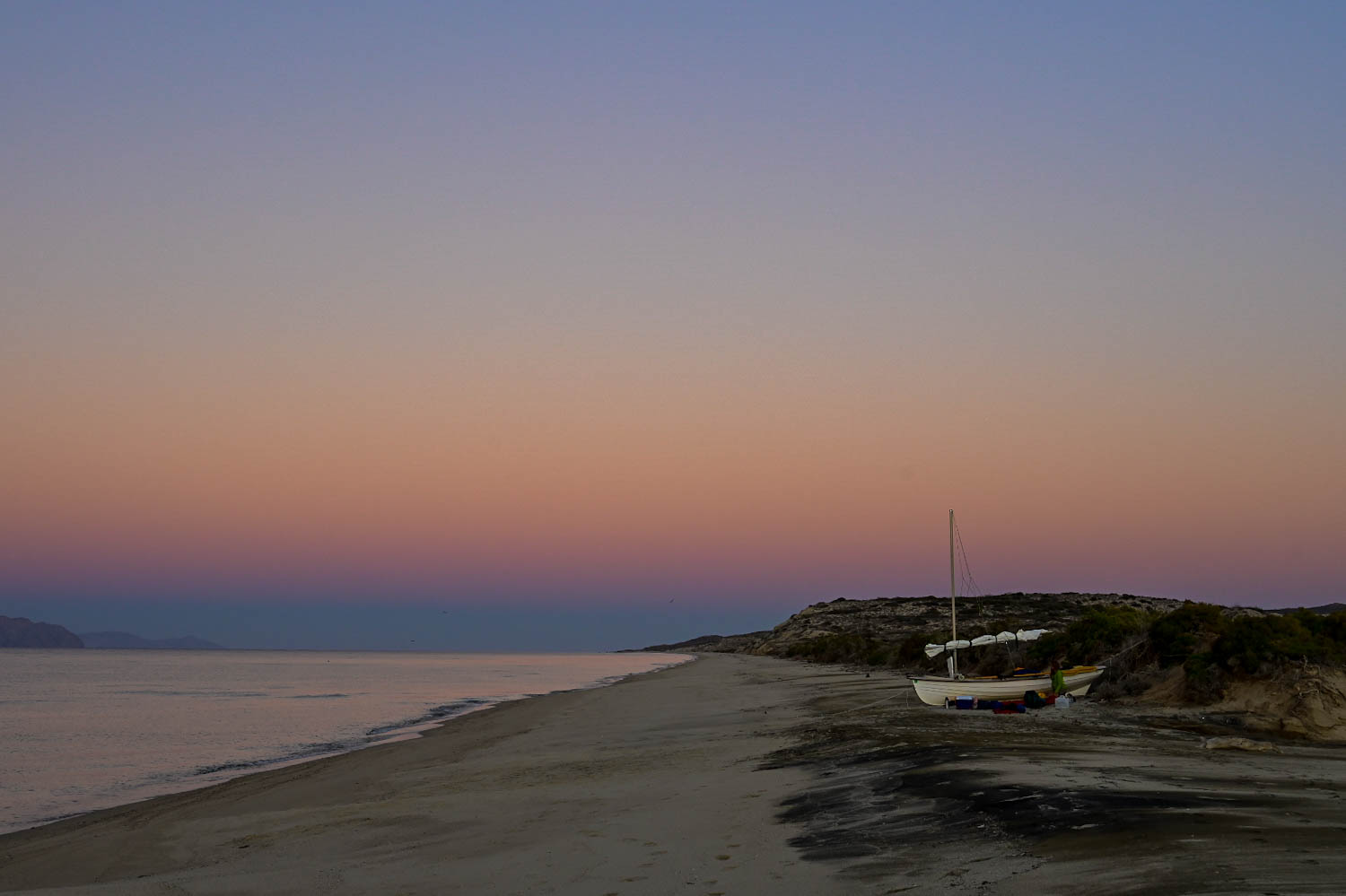
Mistakes were made.
We had set up one plan and then tried to execute a different plan. We also changed who was holding the boat and who was setting up the haul system frequently, so cohesive progress was lost. On top of it all, we were dealing with insufficient anchor lines due to the coyotes. Maybe we’d do better next time. Maybe, somehow, we could avoid a next time.
Reaching Paradise
The next morning, was blessedly calm. We rounded the point into Mujeres Cove before daybreak. Entering Mujeres Cove was like being admitted to heaven. Turquoise water, a white sand beach, a protected niche for the boat, and amazing snorkeling. There was great fishing and delicious fish tacos for dinner.
Another El Norte’ was coming in. We didn’t care. We were right where we wanted to be. San Francisquito, not far away, was where we would be pulling out. There was food to eat and water to drink.
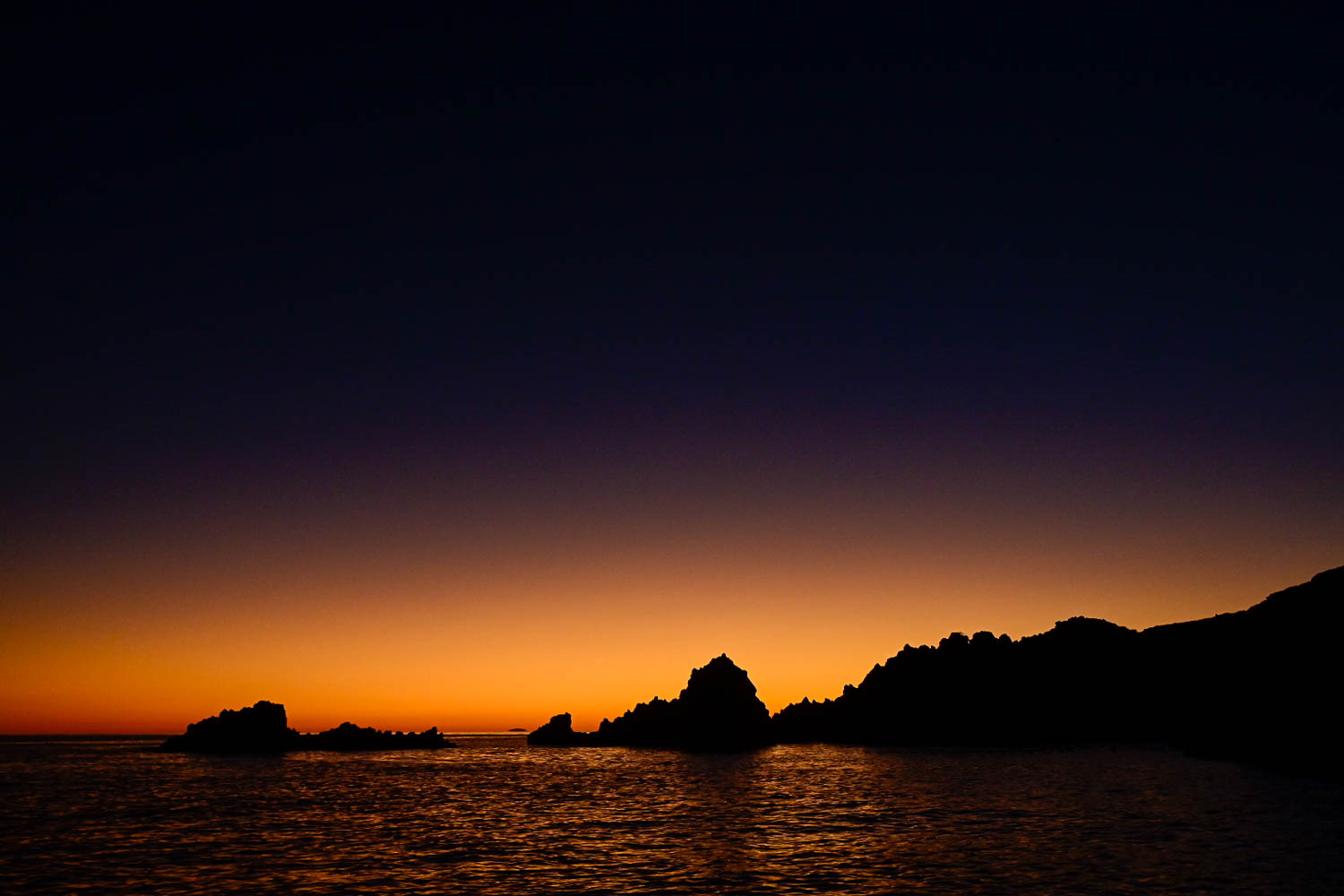
The Grueling Extraction
“The extraction,” is how we now refer to the process of taking out at San Francisquito. Between hitchhiking out of a place with only a car or two a day and driving 80 miles of rough Baja dirt roads with a trailer at 5-7 mph, twice, the whole affair was at least as much fun as having a tooth pulled. Plus, excellent weather throughout the three-day process added to the agony of second-guessing our decision to leave.
Lessons Learned & Looking Ahead
A lot was learned on this leg. We relaxed with two fantastic weeks of rowing and sailing in Conception Bay, where we enjoyed less wind, smaller tides, and mellower currents, as well as thousands of pelicans, ancient petroglyphs, and natural hot springs.
In Mulege and Loretto we had the privilege of getting advice on surf landings from long-time Baja small boat sailors.
We will let you know how it works for us on the next leg.
[To be continued . . .]
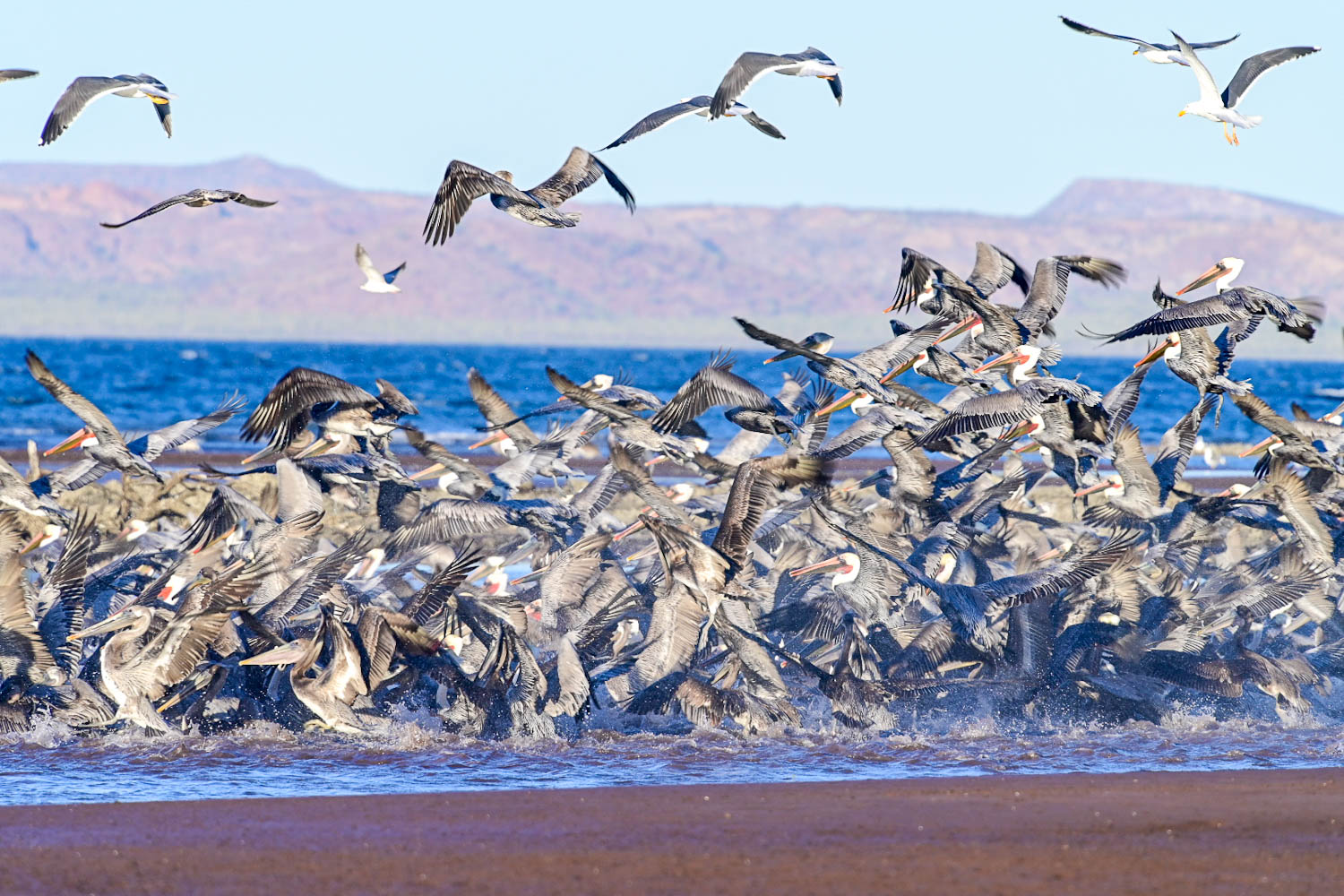
Stay tuned for the next chapter of Wild Places photojournal as they explore the Sea of Cortez. In the meantime, you can read the backstory on Fredrik and Nancy’s Alaska journey from the beginning here. You can also find their stories from that previous adventure in back issues of Northwest Yachting and Small Boats Magazine.
Learn more about the 17′ Salish Voyager . BTW, there’s a nice deal on a used one here!
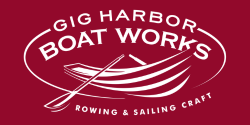
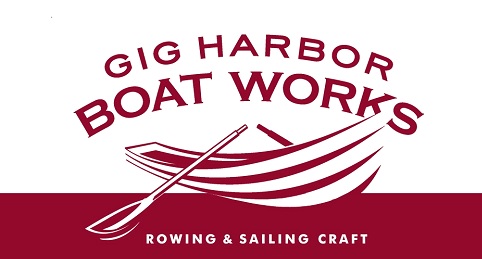
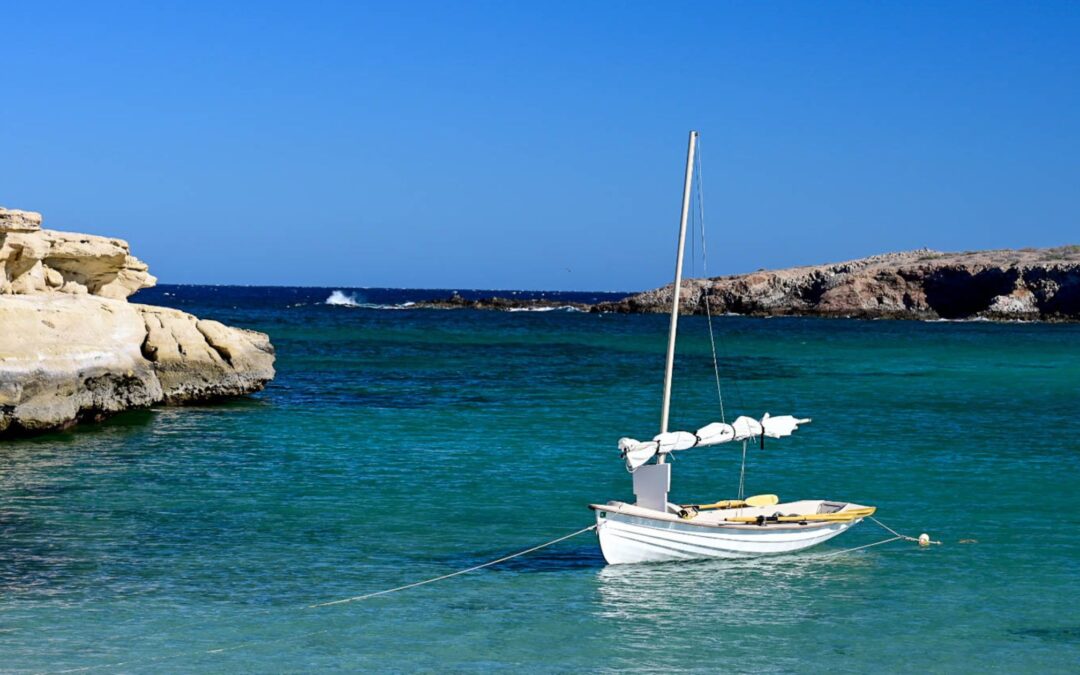
Thanks for sharing your exciting adventure
If you have the time I have some questions
What size anchors do you use?
What brand pump for rollers?
I have a voyager and would like to take a 10-14 day trip in San Juans
Do you have suggestions for such a trip
Thanks Bill
Hi Bill – These are the Aere beach rollers available from Duckworks: https://duckworks.com/beach-rollers/
I believe Fredrik and Nancy are now back into wifi territory, and I’ll ask them to respond to the other questions!